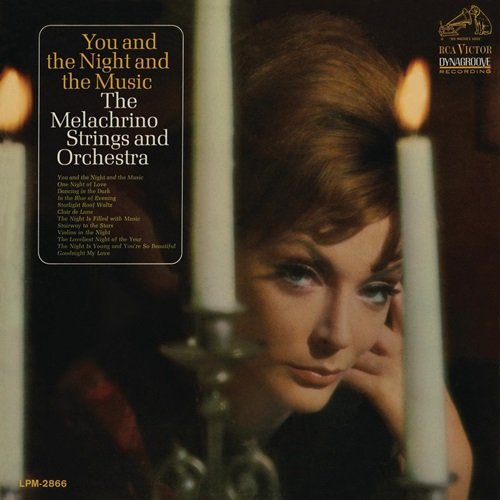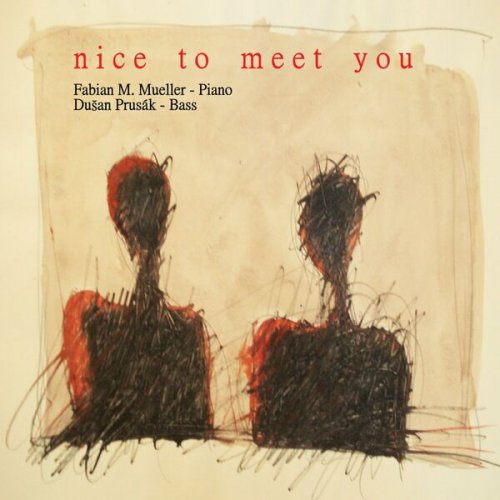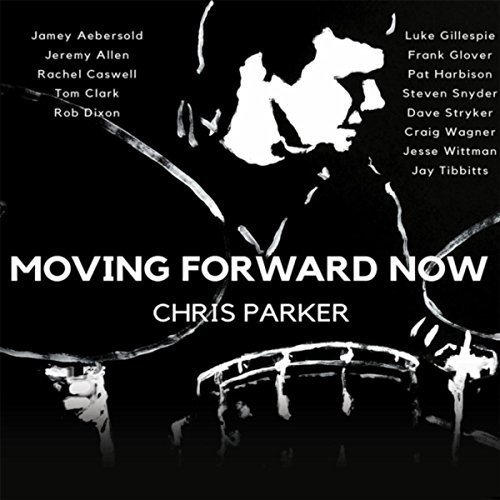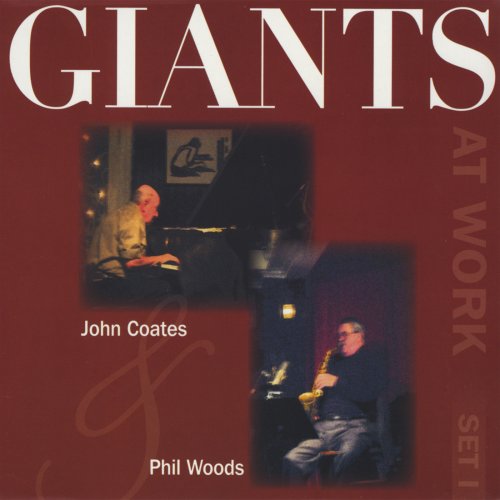Billy Hart Quartet - One Is The Other (2014) [Hi-Res]
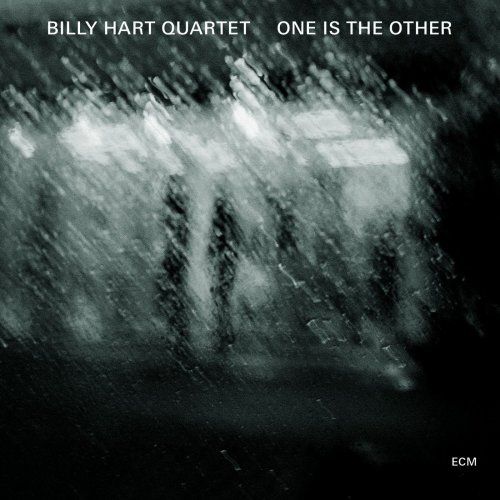
Artist: Billy Hart Quartet, Billy Hart
Title: One Is The Other
Year Of Release: 2014
Label: ECM Records
Genre: Contemporary Jazz
Quality: FLAC (tracks, booklet) [88.2kHz/24bit] / FLAC (tracks + .cue, log, artwork)
Total Time: 51:34
Total Size: 889 / 282 MB
WebSite: Album Preview
Tracklist:Title: One Is The Other
Year Of Release: 2014
Label: ECM Records
Genre: Contemporary Jazz
Quality: FLAC (tracks, booklet) [88.2kHz/24bit] / FLAC (tracks + .cue, log, artwork)
Total Time: 51:34
Total Size: 889 / 282 MB
WebSite: Album Preview
1. Lennie Groove [06:50]
2. Maraschino [05:51]
3. Teule's Redemption [07:21]
4. Amethyst [08:06]
5. Yard [05:07]
6. Sonnet for Stevie [08:43]
7. Some Enchanted Evening [05:19]
8. Big Trees [04:14]
Personnel:
Mark Turner - tenor saxophone
Ethan Iverson - piano
Ben Street double - bass
Billy Hart - drums
The Billy Hart Quartet's One Is the Other follows All Our Reasons, its noted debut for ECM, by less than two years. In one sense, this set shows the group's growth (they've been together since 2005), and picks up where AOR left off, but more importantly, it reveals the more disciplined and inquisitive dimension of its collective persona, even as it revisits some tunes from its members' pasts. Opener "Lennie's Groove," by saxophonist Mark Turner, was recorded much earlier in Turner's career. Due to its complex harmonic and rhythmic components, it has subsequently become a workout classic for other jazz musicians. Pianist Ethan Iverson attacks the knotty lyric as if simultaneously playing all the dubbed parts of an unreleased tune from Lennie Tristano's Descent Into the Maelstrom. As Turner enters, he twins these lines before moving toward Iverson contrapuntally. Ben Street's bassline reveals the bridge between the bop and post-bop in the exercise while Hart shifts gears in tandem, accenting the ever-shifting meter. On Iverson's "Maraschino," the blues are the entryway into collective improvisation that remains commonly focused. Hart's brushes not only accent and color the front line's flourishes, but offer a map back to the center. The drummer's "Amethyst" was the title piece of one of his earlier albums but is revisioned somewhat here. Its original melody -- which retains its lyric beauty -- is made more blocky here, Turner first, then Iverson, find its dark undercurrent. Hart rolls and breaks around their dialogue. Street engages as an interlocutor and interpreter, while Hart allows the three to dictate his fluid, articulate movements as the tune opens. Turner's "Sonnet for Stevie" may be written for Stevie Wonder, but it's fueled more by restraint, color, and texture than funk or R&B. Street's opening bassline and the clipped rolls by Hart introduce a bluesy head, with Iverson extrapolating on them. He finds a lithe lyric inside and begins to slowly bring it out. Group statements remain brief on each chorus until Iverson's solo finds the seam, and his upper register chord voicings become bell-like. Turner sticks close to the blues, while Hart breaks on them in a painterly fashion. One Is the Other is the sound of an experienced and deeply intuitive quartet speaking in a colorful and precise language comprised of numerous dialects and approaches to musical speech. ~ Thom Jurek




![Various Artists - Éternel Jazz Restauré - Noël Avec Les Étoiles (Édition restaurée) (2025) [Hi-Res] Various Artists - Éternel Jazz Restauré - Noël Avec Les Étoiles (Édition restaurée) (2025) [Hi-Res]](https://img.israbox.com/img/2025-12/24/8zoxz967d1wdq20lhc5fgeyay.jpg)
